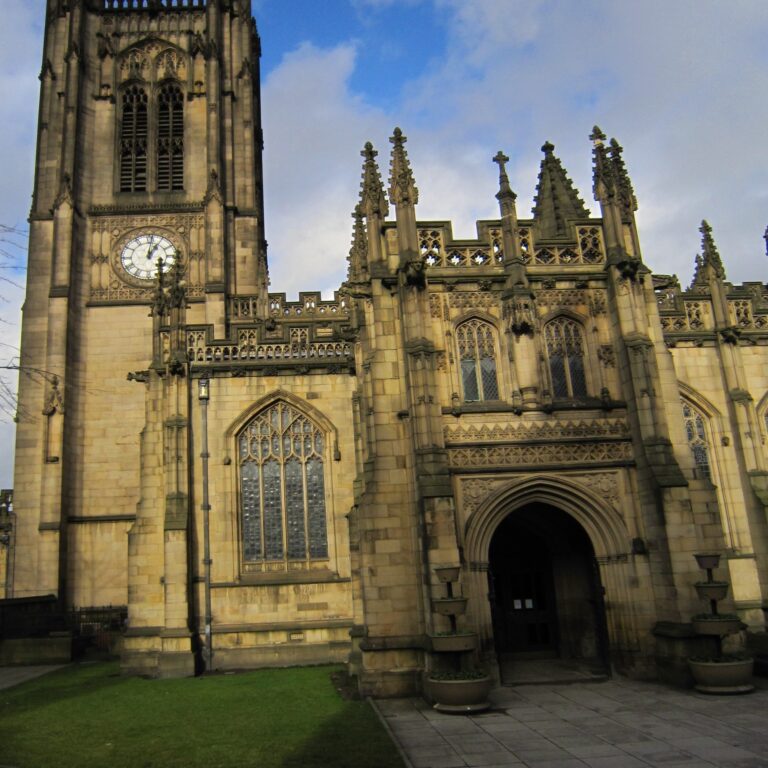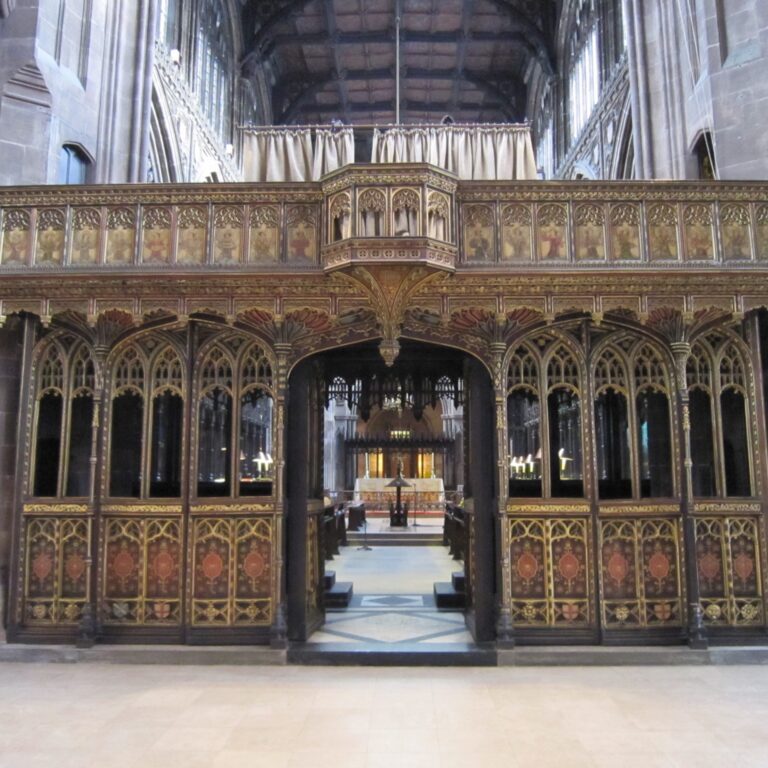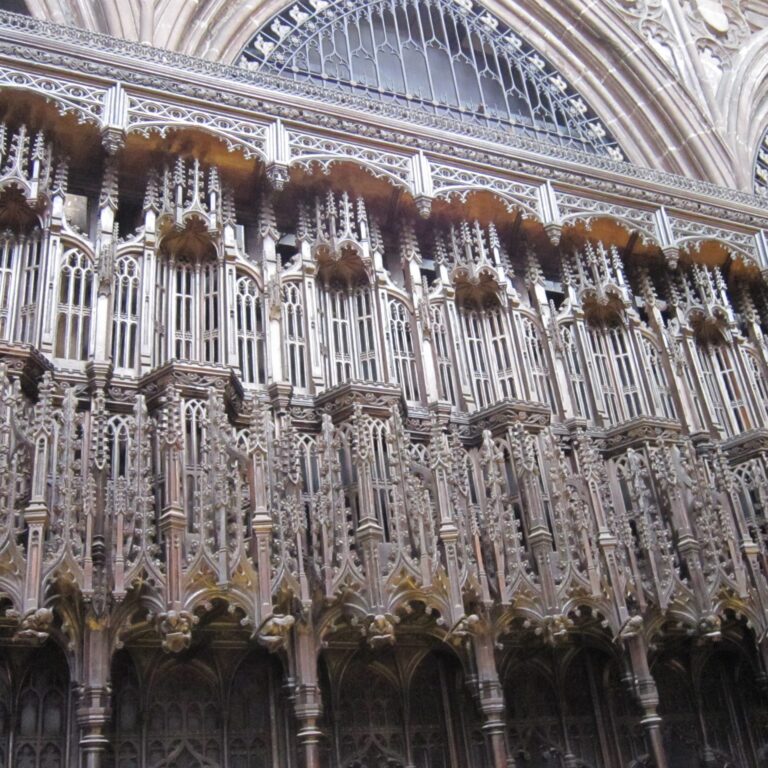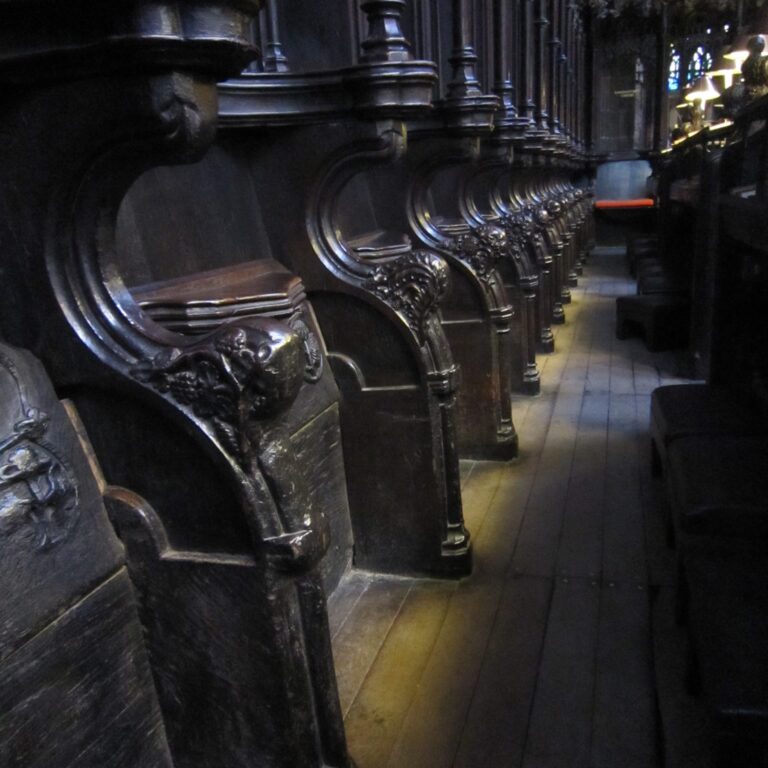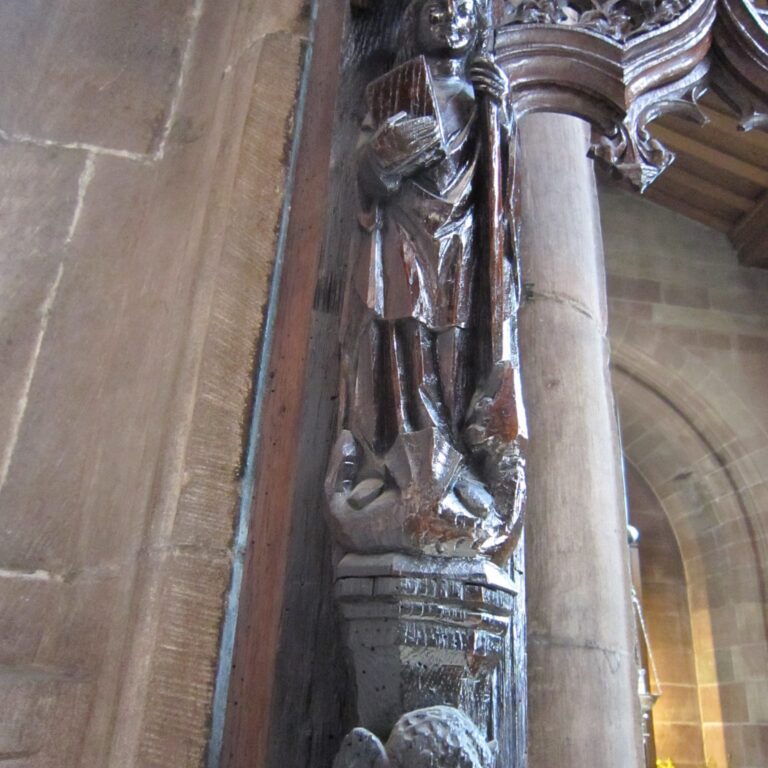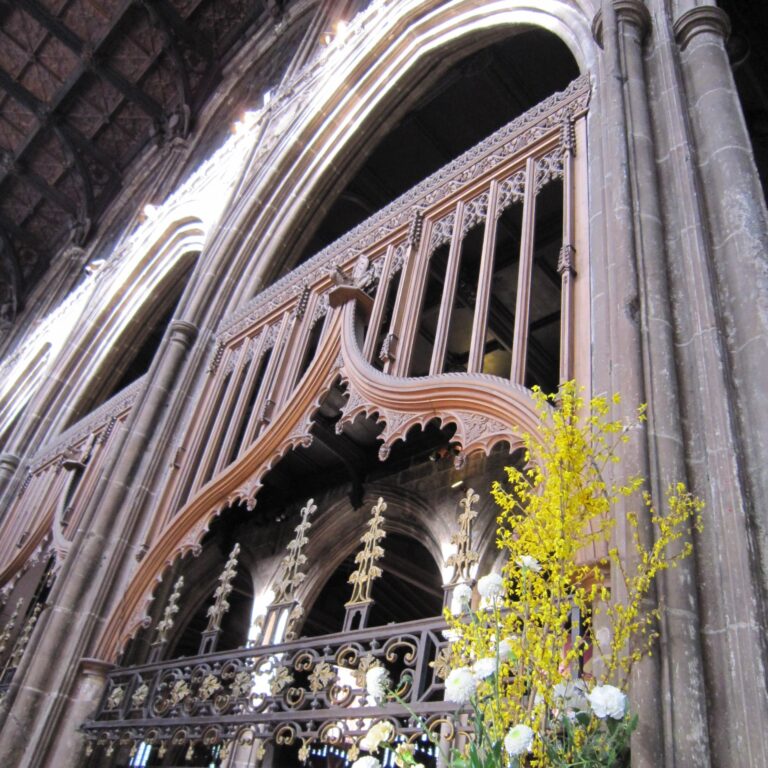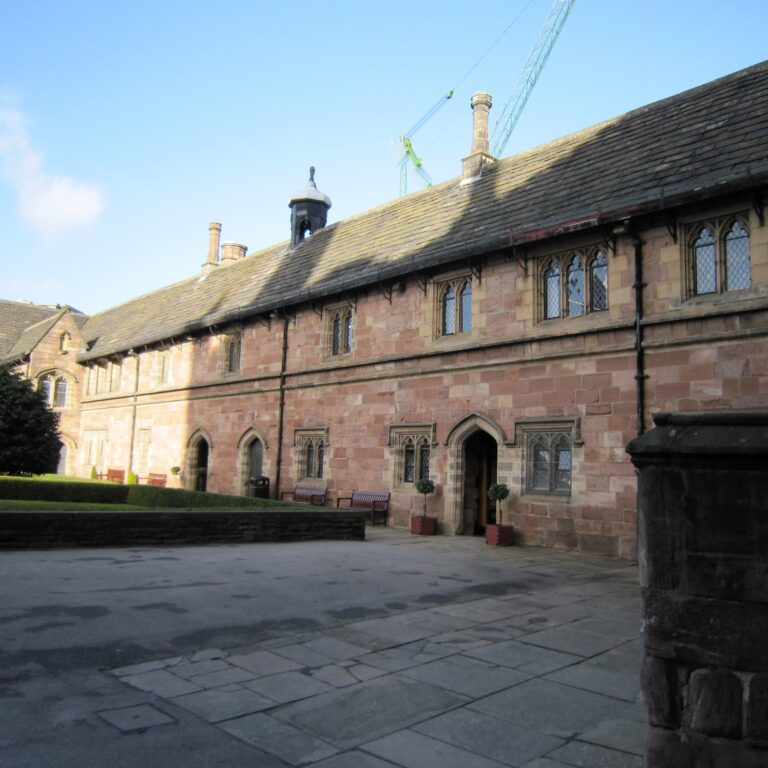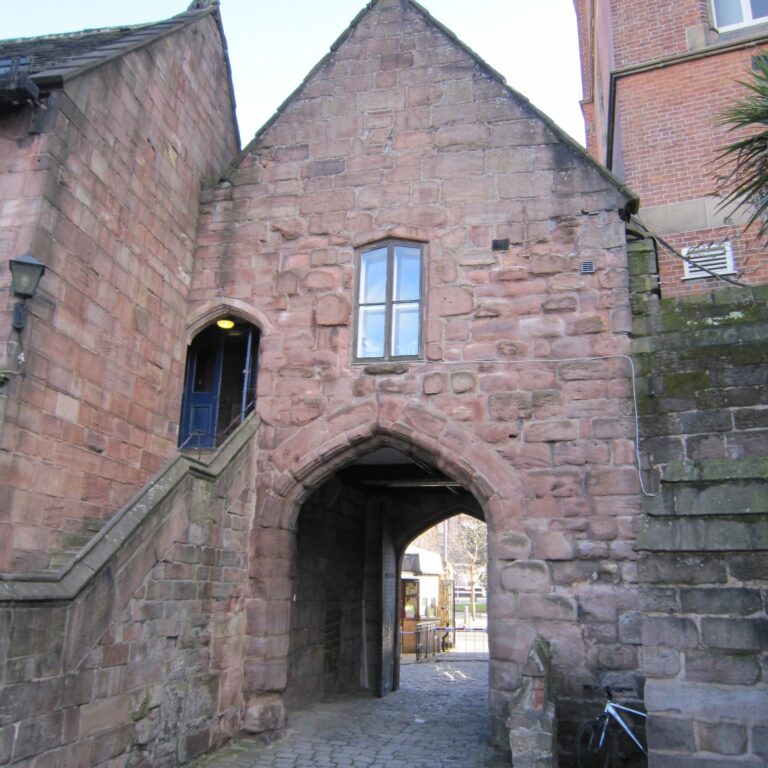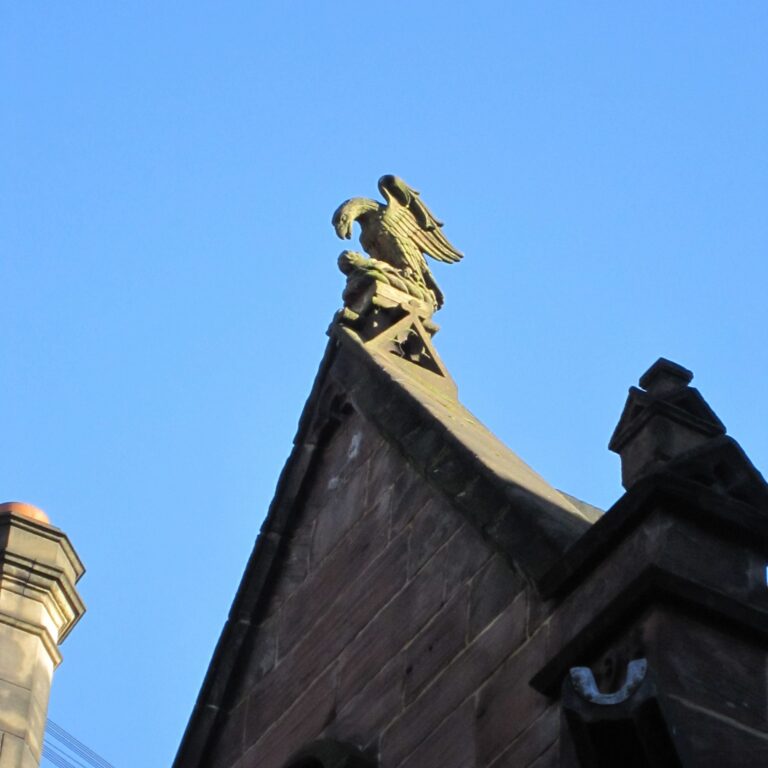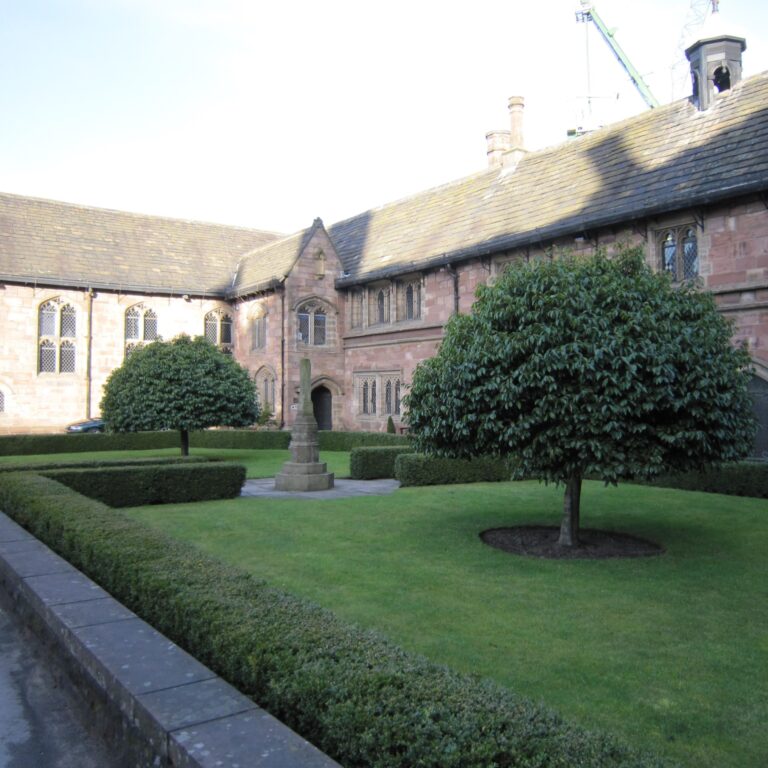Places: Manchester
Widget not in any sidebars
Place Type
Parish
County
Lancashire
Parish
Manchester
Deanery
Manchester
Causes
EDC 5/11/2 – Sir Robert Worsley
EDC 5/9/1 – Francis Buckley contra Elizabeth Traves
EDC 5/1580/11 – Jane Chetam, wife of Henry Chetam, contra Richard Hall, clerk. Richard Hall was one of the Fellows of Manchester Collegiate Church.
EDC 5/1580/12 – Ralph Shalcrosse contra Robert Ridinges
MANCHESTER
The parish of Manchester covered a wide area and comprised numerous townships, including Manchester and Salford. The township of Manchester occupied a significant strategic position at the crossing of two important roads and the confluence of the river Irwell and two of its tributaries. It was the site of an important Roman castle at the confluence of the Irwell and the Medlock, and this area is still known as Castlefield. By 1536 it was said to be the most populous town in Lancashire.
A church in Manchester dedicated to St Mary is mentioned in the Domesday Book, the patronage belonged to the owners of the manor, latterly the family of le Warre. The oldest parts of the building date from about 1422 to 1500, although some parts may be older. It was substantially restored and rebuilt on several occasions in the nineteenth century and also in the twentieth century following extensive bomb damage during the Second World War, although much of the early woodwork and fittings such as the choir stalls survived intact.
In 1421 a college was established there by the le Warre family, and many of its buildings still survive, some now occupied by Chetham’s library and school. In the sixteenth century, the position of the college was uncertain as it was dissolved under Edward VI, refounded by Mary, dissolved again early in Elizabeth’s reign but then refounded again by her in 1578. Following the Marian foundation the Crown assumed patronage of the parish.
William Chaderton, bishop of Chester from November 1579, moved his establishment to Manchester after his appointment as warden of Manchester College in June 1580. From this base as a member of the Ecclesiastical Commission he worked to suppress Catholicism in the diocese and in an effort to encourage conformity imprisoned many recusants, including a number of gentry, in the New Fleet prison newly-constructed in Manchester on the banks of the river Irwell. In about 1593 he returned to Chester but continued to hold the wardenship of Manchester College with the see of Chester until 1595. The controversial mathematician, astrologer and alchemist, John Dee, succeeded him as warden of the college in 1595.
The cloth industry developed from the fourteenth century with the production of ‘Manchester cottons’, woollen cloth made from unprepared fleeces. The textile industry continued to develop over the centuries, with the production of linen being added to that of woollen goods. By the middle of the eighteenth century the production of cotton cloth developed, both for consumption at home and overseas and increasing mechanisation of the cloth industry from that time made the area increasingly important as a centre of production. Other industries also developed such as iron foundries, engineering factories and paper mills. The trading and commercial growth of the town of Manchester was facilitated by the construction of canals, such as the Bridgewater canal linking the town to the port of Liverpool, and railways such as the Manchester to Liverpool line which opened in 1830.
As the town grew with the industrialisation of the area a diocese was established in 1847, and the parish church became the cathedral.
Sources:
Christopher Haigh, ‘Chaderton, William (d. 1608)’, Oxford Dictionary of National Biography (online edition) https://doi.org/10.1093/ref:odnb/5011
‘The city and parish of Manchester: Introduction ‘, in A History of the County of Lancaster: Volume 4, ed. William Farrer, J Brownbill( London, 1911), British History Online https://www.british-history.ac.uk/vch/lancs/vol4/pp174-187 [accessed 6 January 2025]
‘Manchester: The parish and advowson’, in A History of the County of Lancaster: Volume 4, ed. William Farrer, J Brownbill( London, 1911), British History Online https://www.british-history.ac.uk/vch/lancs/vol4/pp192-204 [accessed 6 January 2025]
‘Colleges: Manchester’, in A History of the County of Lancaster: Volume 2, ed. William Farrer, J Brownbill( London, 1908), British History Online https://www.british-history.ac.uk/vch/lancs/vol2/p167 [accessed 6 January 2025]
‘Malpas – Manchester’, in A Topographical Dictionary of England, ed. Samuel Lewis( London, 1848), British History Online https://www.british-history.ac.uk/topographical-dict/england/pp221-247 [accessed 6 January 2025]
Historic England
Cathedral Church of St Mary, Fennell Street (1218041)
https://historicengland.org.uk/listing/the-list/list-entry/1218041 National Heritage List for England

